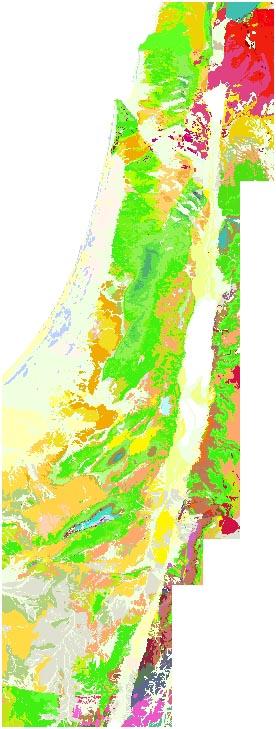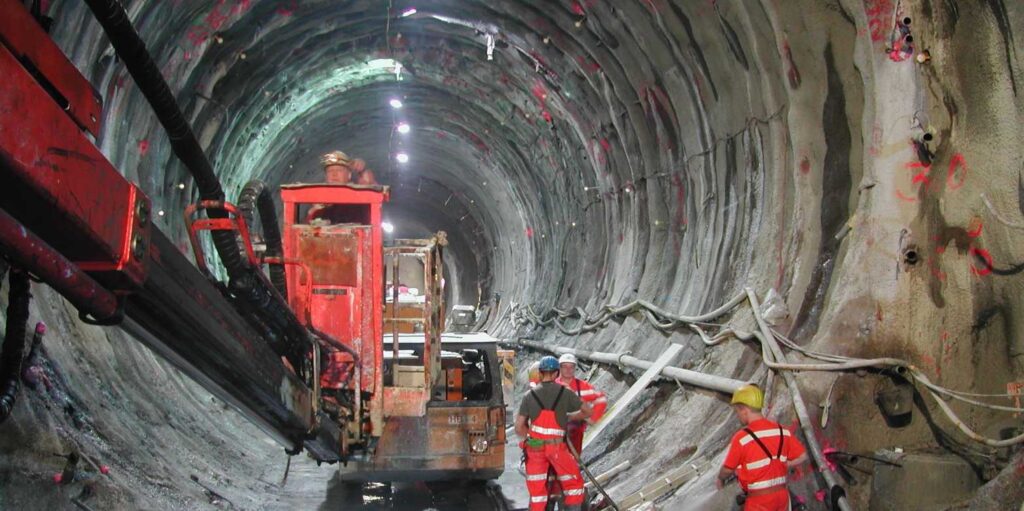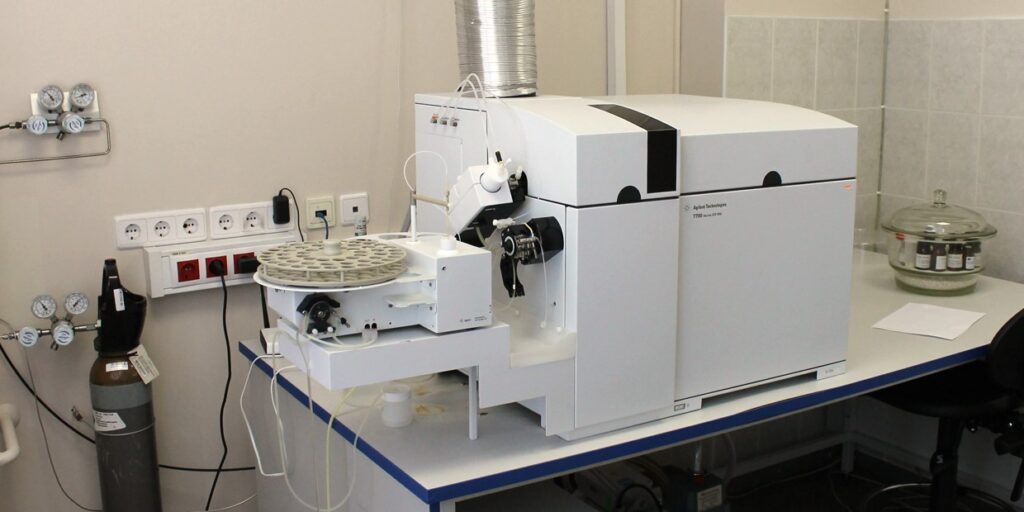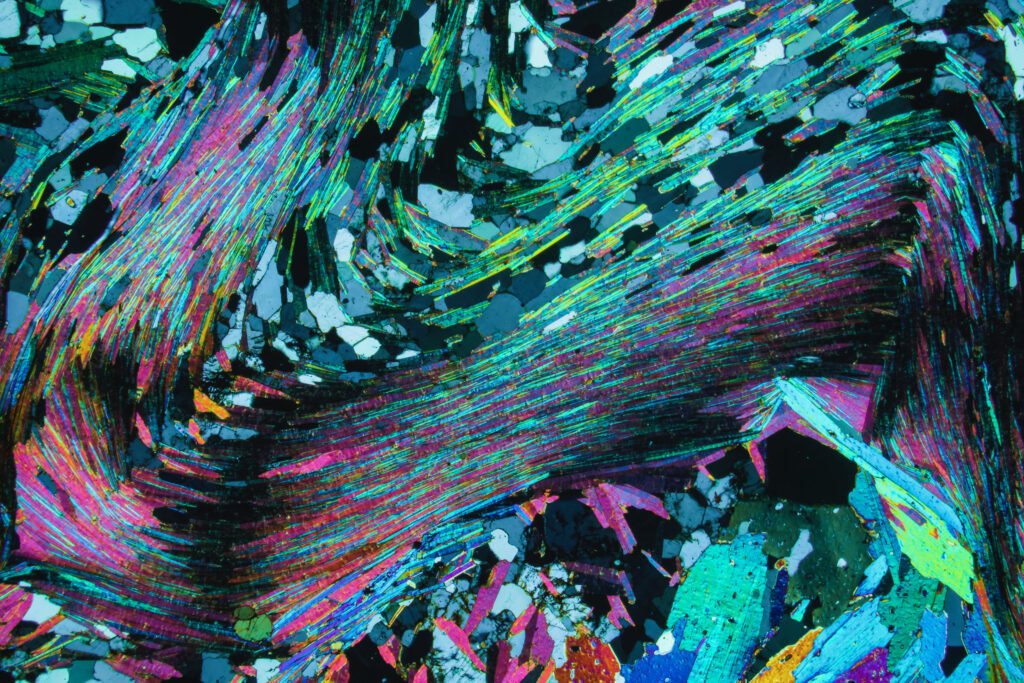Geological Services

Geological mapping
Geologic mapping is a highly interpretive, scientific process that can produce a range of map products for many different uses, including assessing ground-water quality and contamination risks; predicting earthquake, volcano, and landslide hazards; characterizing energy and mineral resources and their extraction costs; waste repository siting; land management and land-use planning; and general education.

Geological engineering
Yam Yabasha carries out geological and geotechnical surveys for the planning and execution stages of engineering projects in the fields of geological engineers. The work of geological engineers often directs or supports the work of other engineering disciplines such as assessing the suitability of locations for civil engineering, environmental engineering, mining operations, and oil and gas projects by conducting geological, geoenvironmental, geophysical, and geotechnical studies.

Inorganic geochemistry
The analysis of the composition of rocks, ores, minerals, water, and soils adds a vital contribution to the understanding of geological mechanisms. Inorganic geochemistry is divided into special fields of research corresponding to the area of enquiry. We work with different labs which provide geochemical analysis. Following analysis of samples, Yam Yabasha provides a detailed report with figures, calculations and interpretations tailored to the client’s needs and questions. These include elemental geochemistry of rocks and ores, hydrogeochemistry, and isotopic geology.

Mineralogical and petrographic analysis
X-rays diffraction (XRD) is used to determine the crystal structure of materials. It is an experimental method in which a beam of X-ray is made to pass through a sample of the material being tested. Since the atoms are arranged in some order in crystals, they tend to diffract the beam at certain angles and at certain intensity. The angles of the diffracted beam are measured X-ray crystallography and the crystal structure of the material is calculated thereof. Petrography is a branch of petrology that focuses on detailed descriptions of rocks. A petrographic microscope is a type of optical microscope used in petrology and optical mineralogy to identify rocks and minerals in thin sections. The microscope is used in optical mineralogy and petrography, a branch of petrology which focuses on detailed descriptions of rocks. To the microscopy we also add SEM (scanning electron microscopy) when needed to verify certain aspects needed for the full description of the rock. By combining theses two methodologies, Yam Yabasha is able to provide a comprehensive description of the mineralogy and composition of a rock sample.